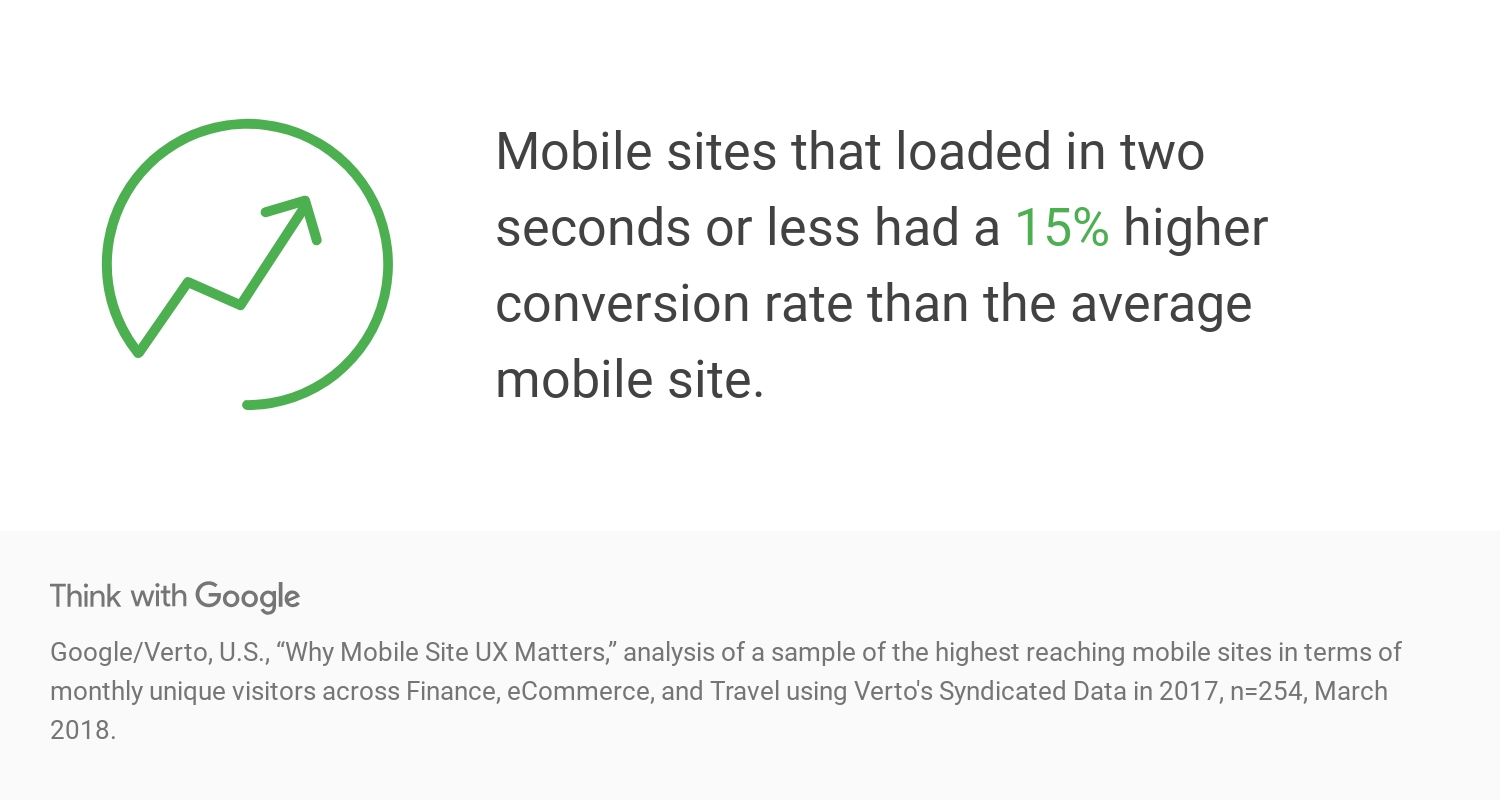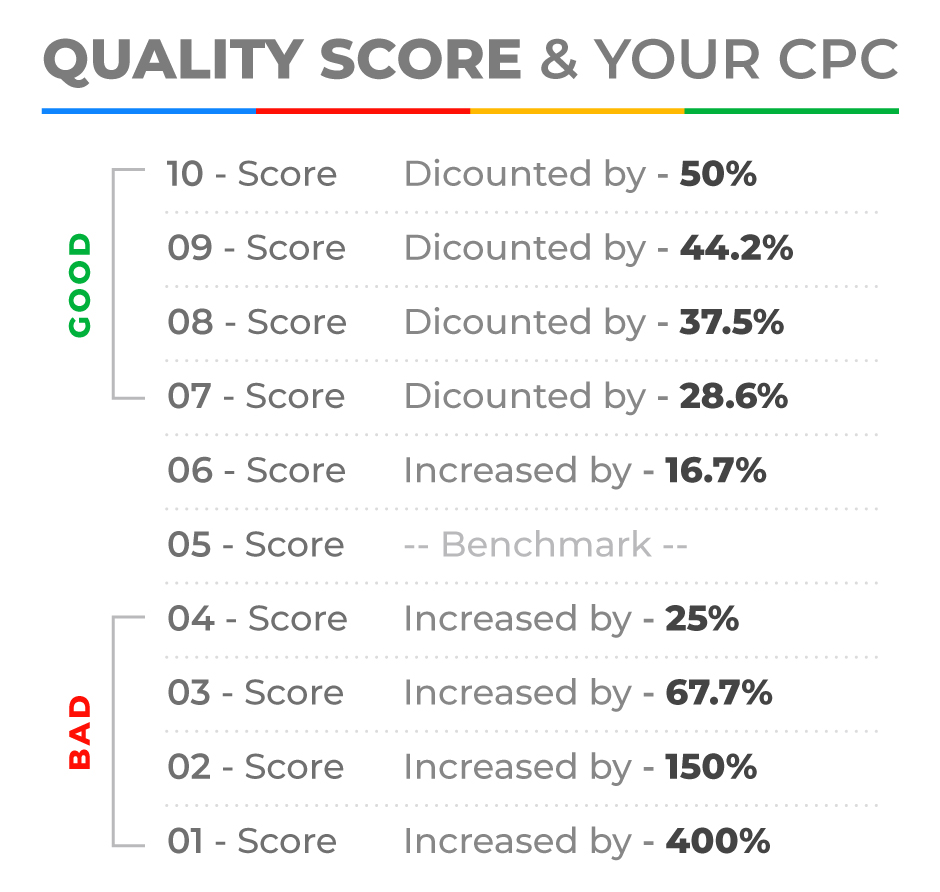This is Why You Should Care About Google Page Speed Insights
By: Adhere Creative

Because Google runs the internet, they are our god and we should bow down and obey everything they say.

As a web developer, I would love to end this article there and call it a day (I’m not much of a writer) but I will push onward and help you understand why this tool is not something to ignore.
What is PageSpeed Insights?
PageSpeed Insights is a tool created by Google to allow people to identify performance best practices on any website and get suggestions on optimizations that can be used to make that website faster.
If you were to go and put your domain in right now, chances are you would be presented with a lot of red numbers and text that is reminiscent of every English paper you ever got back during grade school. There is a lot of technical explanation that is needed to explain all of that, and we’re not going to get into it in this article. Instead, I want to focus on a few reasons why you should care about getting a higher score.
Speed Matters.

Turns out everyone in the world agrees with Maverick and Goose and they have “The need. The need for speed,” especially when on a mobile device. Research by Google has found that 53% of mobile website visitors will leave if a webpage doesn’t load within 3 seconds. And with mobile traffic continuing to grow into the majority of internet traffic, it is crucial that we focus on the mobile website user experience.

If you have done some research into PageSpeed Insights in the past you likely came across some articles telling you that it’s not important and that the tool doesn’t even use page speed load time to calculate the score. And while that is true, the score is based on best practices that will—if implemented correctly—increase the speed of your website.
You may have also seen a chart showing some large corporations like Amazon’s page speed scores and you might think “they don’t care, so why should I?” Well, if you are a large corporation and as dominant as Amazon, you don’t need to care about Google’s score for you. But if you are a small to medium-size business who has quite a bit of competition, you should be seeking out every advantage you can over them. Which leads us to our next section:
Getting an edge in the Google Ecosystem.
Your website’s loading time isn’t just important to your users; Google Ads cares as well. The longer a page takes to load, the fewer impressions your ads will receive, which will also limit the amount of clicks and subsequent conversions. Google evaluates your landing pages to determine the user’s experience on your site. Your ads may receive fewer impressions if Google thinks your website offers a poor user experience, which includes a slow loading time. Poor user experience on your website can affect what Google calls your Ad Rank.
Here are a few things that are included in the Google Evaluation for Ad Rank:
- Is your website easy to navigate?
- Does your website provide relevant, useful, and original content?
- Does your website come off as trustworthy? ( For example: offering information about what you do, instead of JUST having a page with a contact form)
- Does your website promote users to stay on the page/site? (for example, by making sure your page loads quickly!)
Your landing page experience doesn’t just affect your Ad Rank, but also your Quality Score, which is directly related to your advertising costs. Every keyword is given a score between 1 and 10, and scores with a 1-5 are charged a premium when they receive a click. Those same words also receive fewer impressions. To avoid low Quality Scores, make sure the keywords you bid on are embedded on your landing page and used in your ad copy.
If you take the necessary steps to improve your landing page’s load time, you should see a noticeable difference in ad impressions in a matter of days. Google is constantly scanning the landing pages from its advertisers, and adjustments to Ad Rank and Quality Score typically don’t take long.













